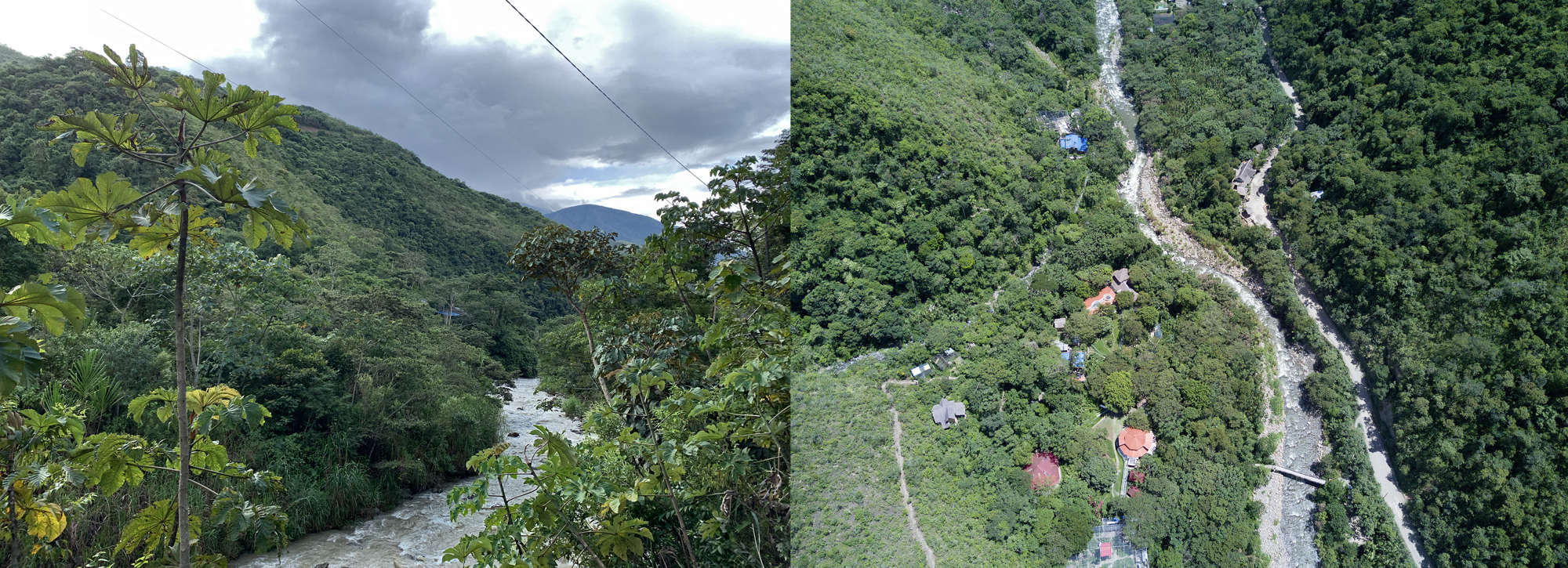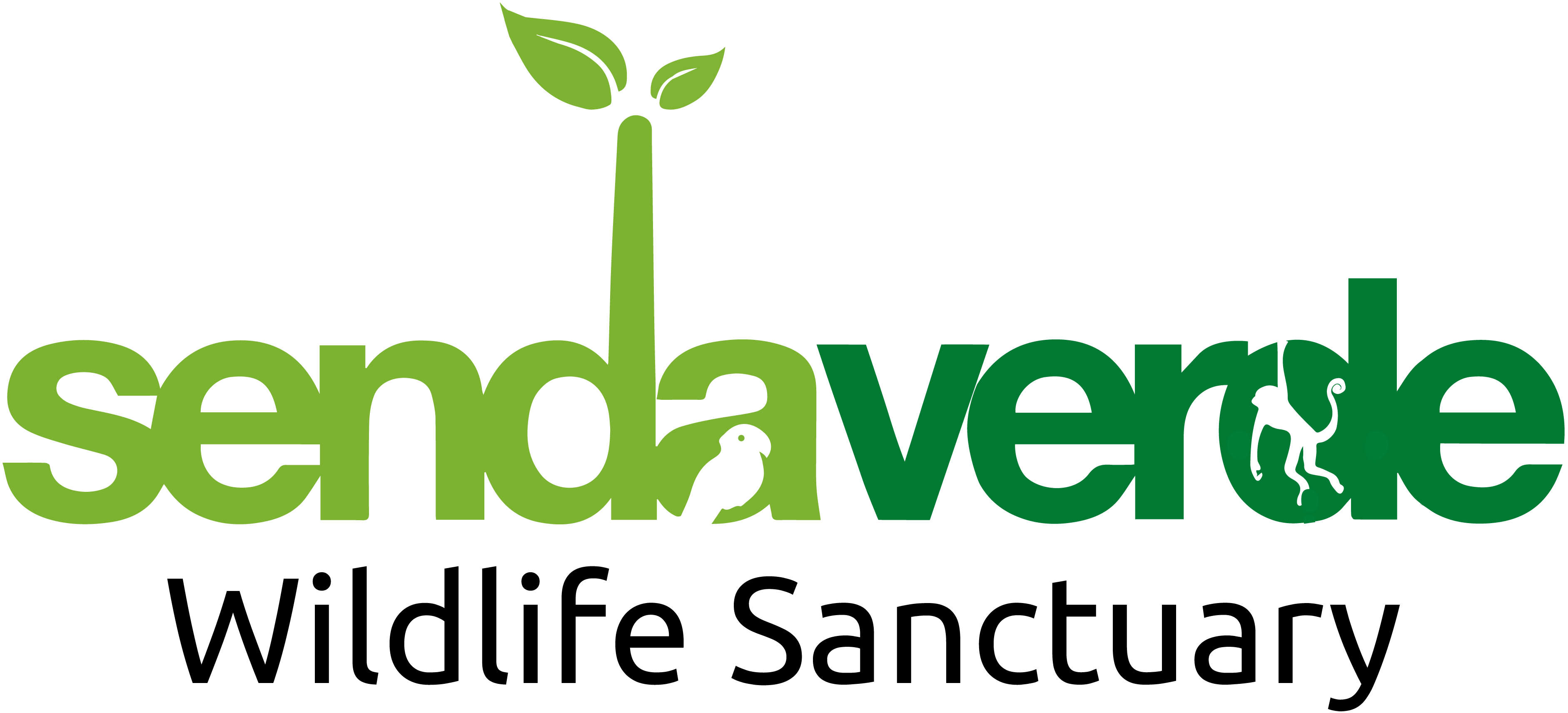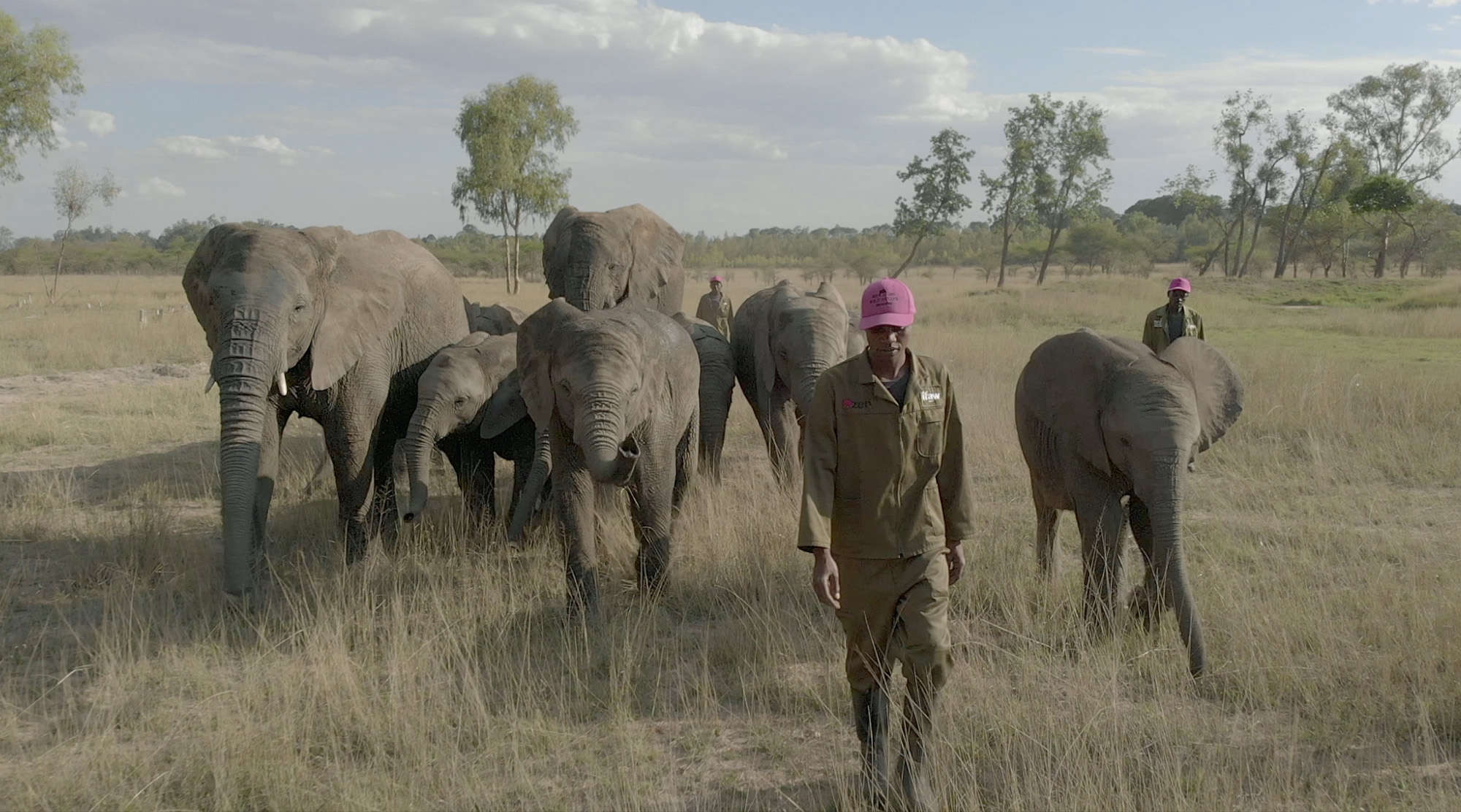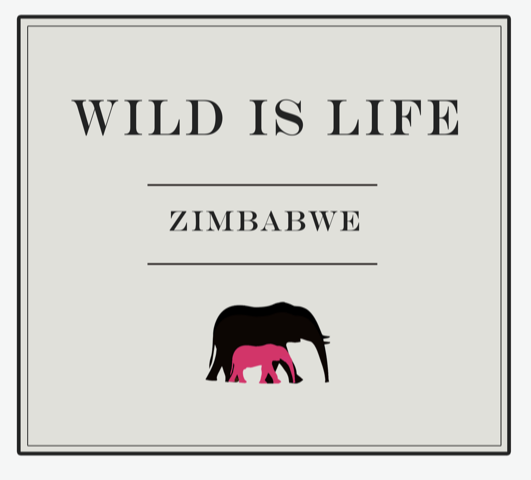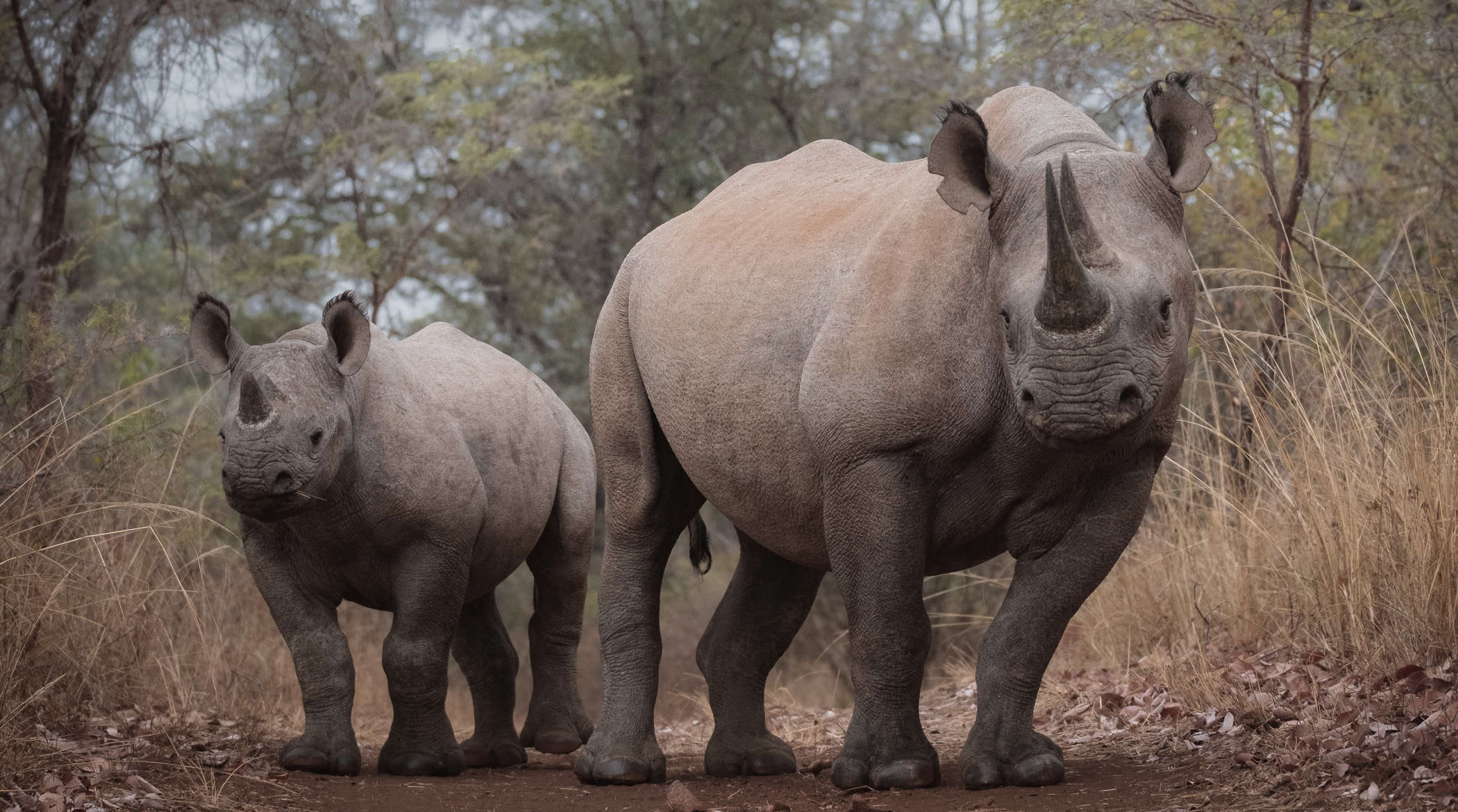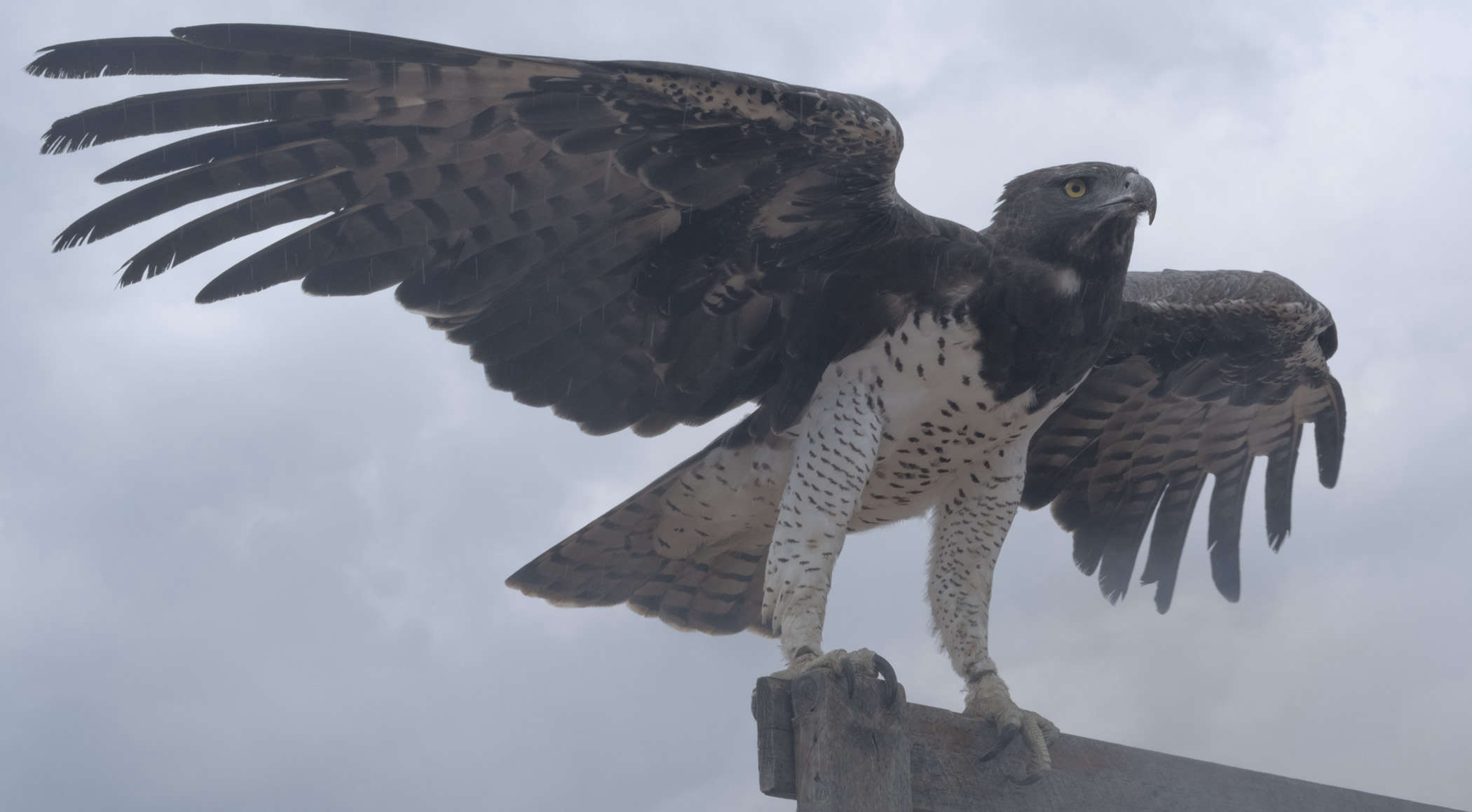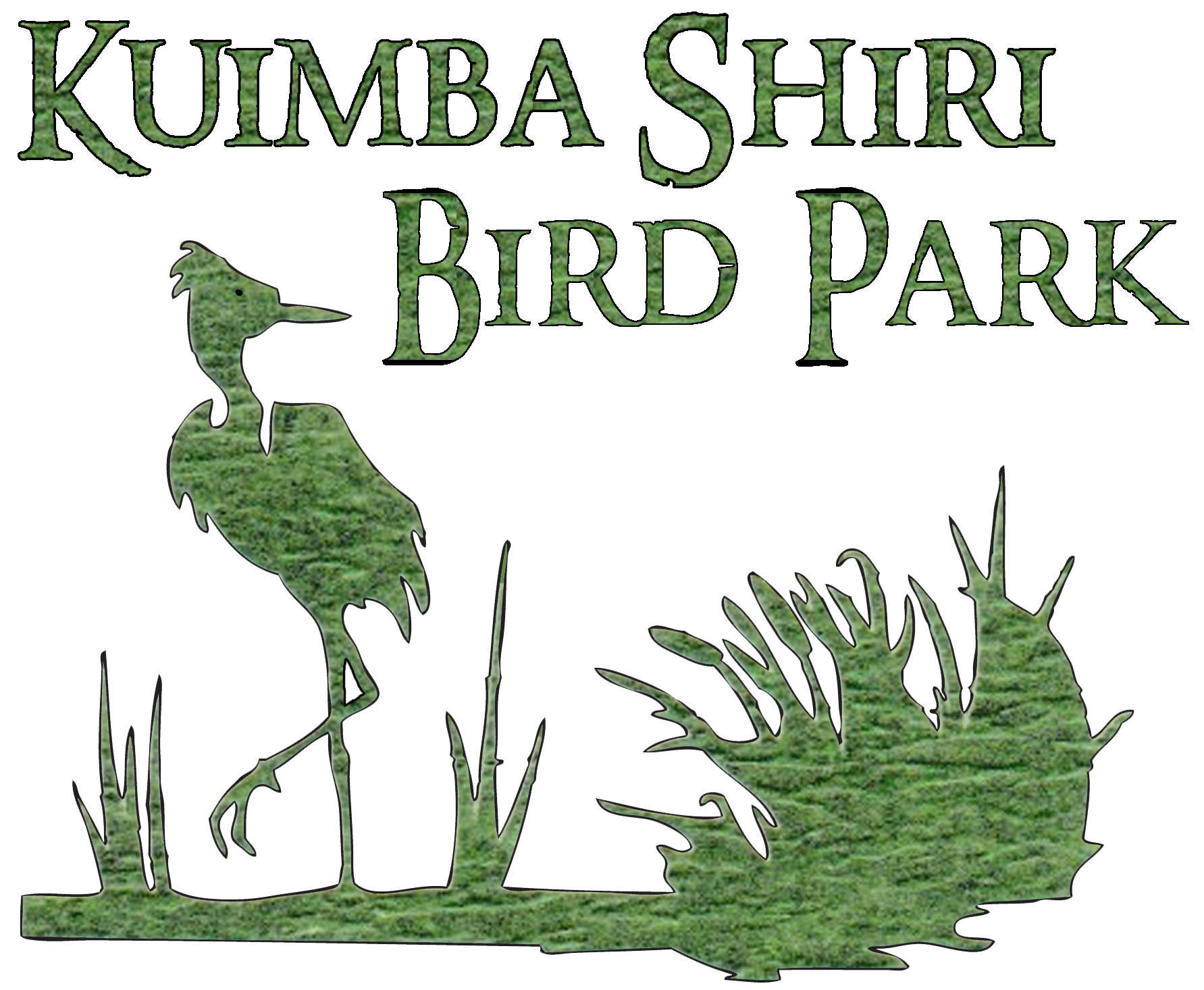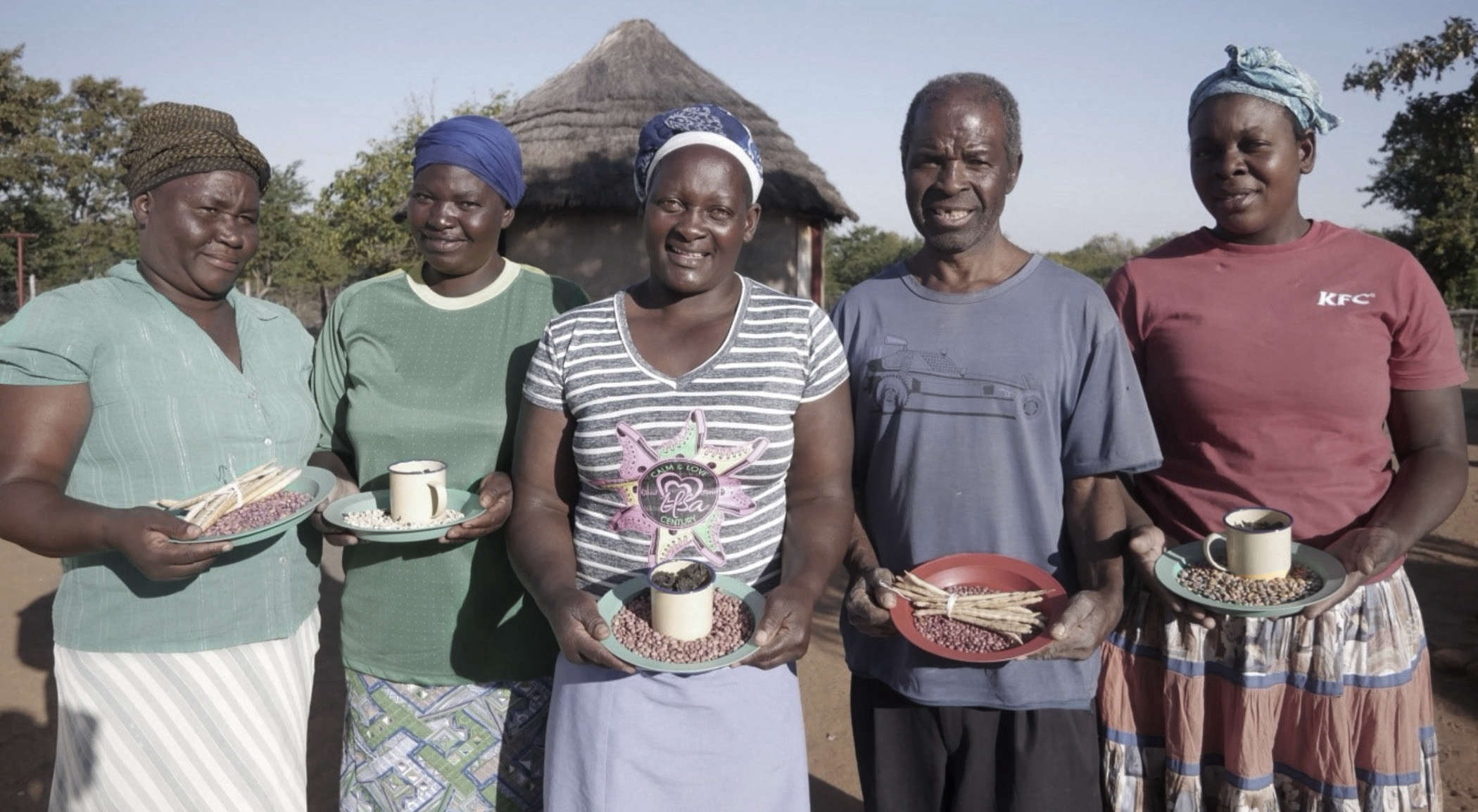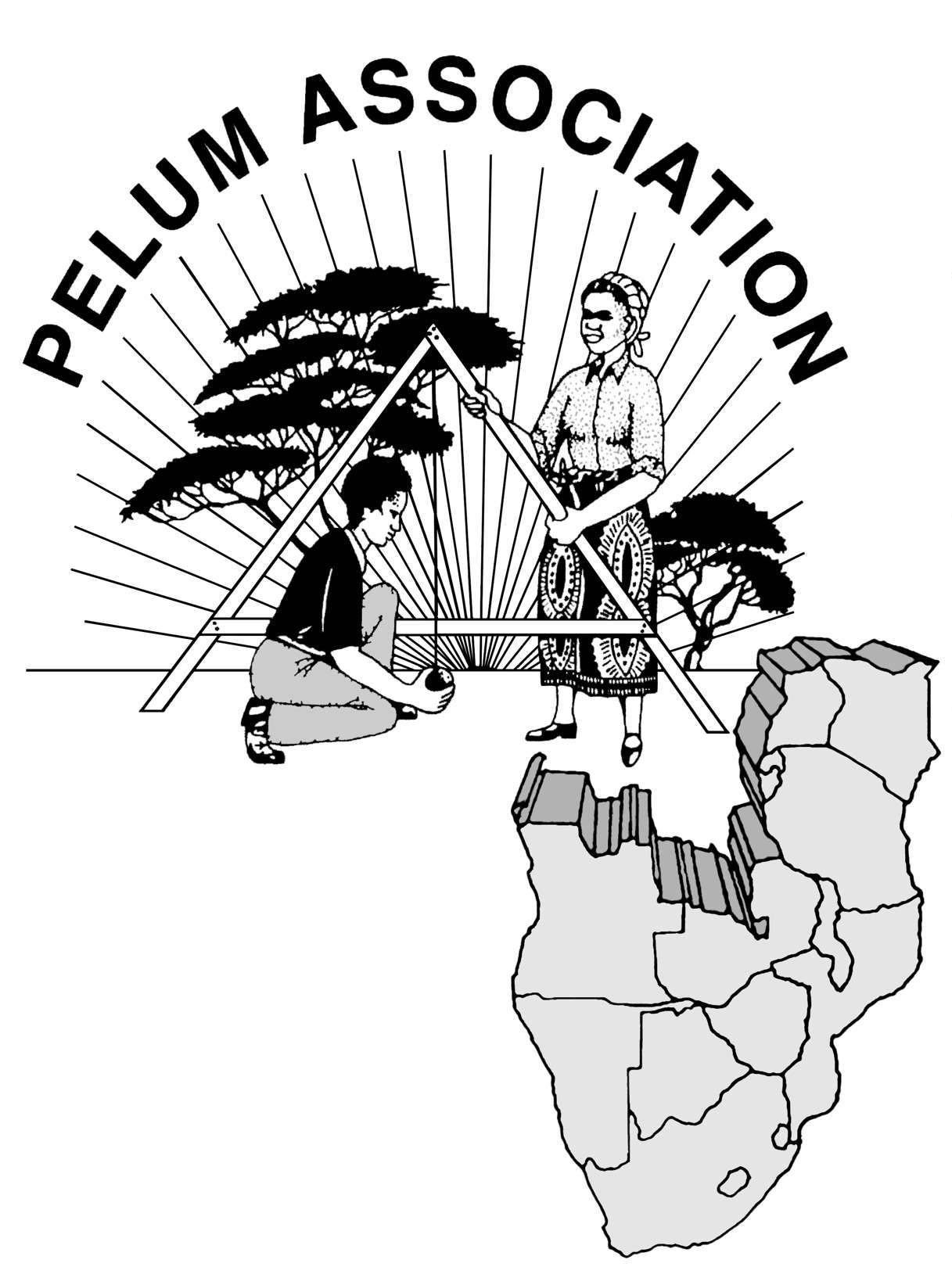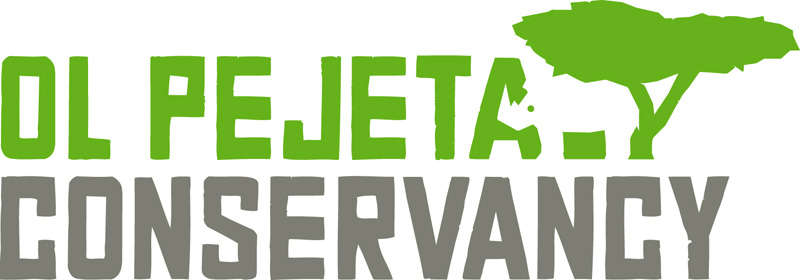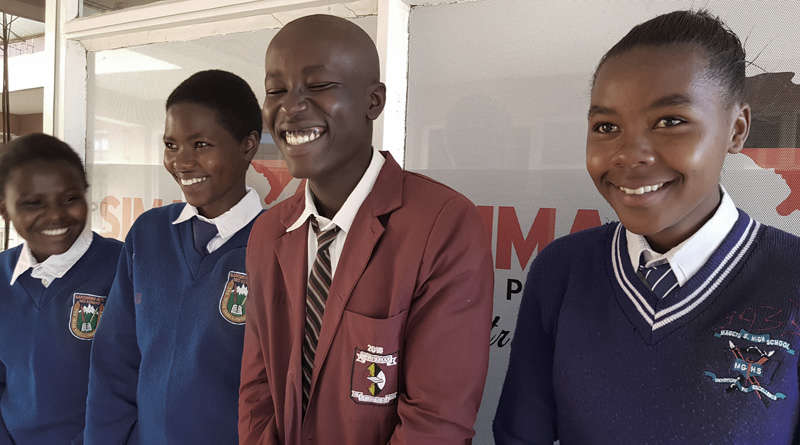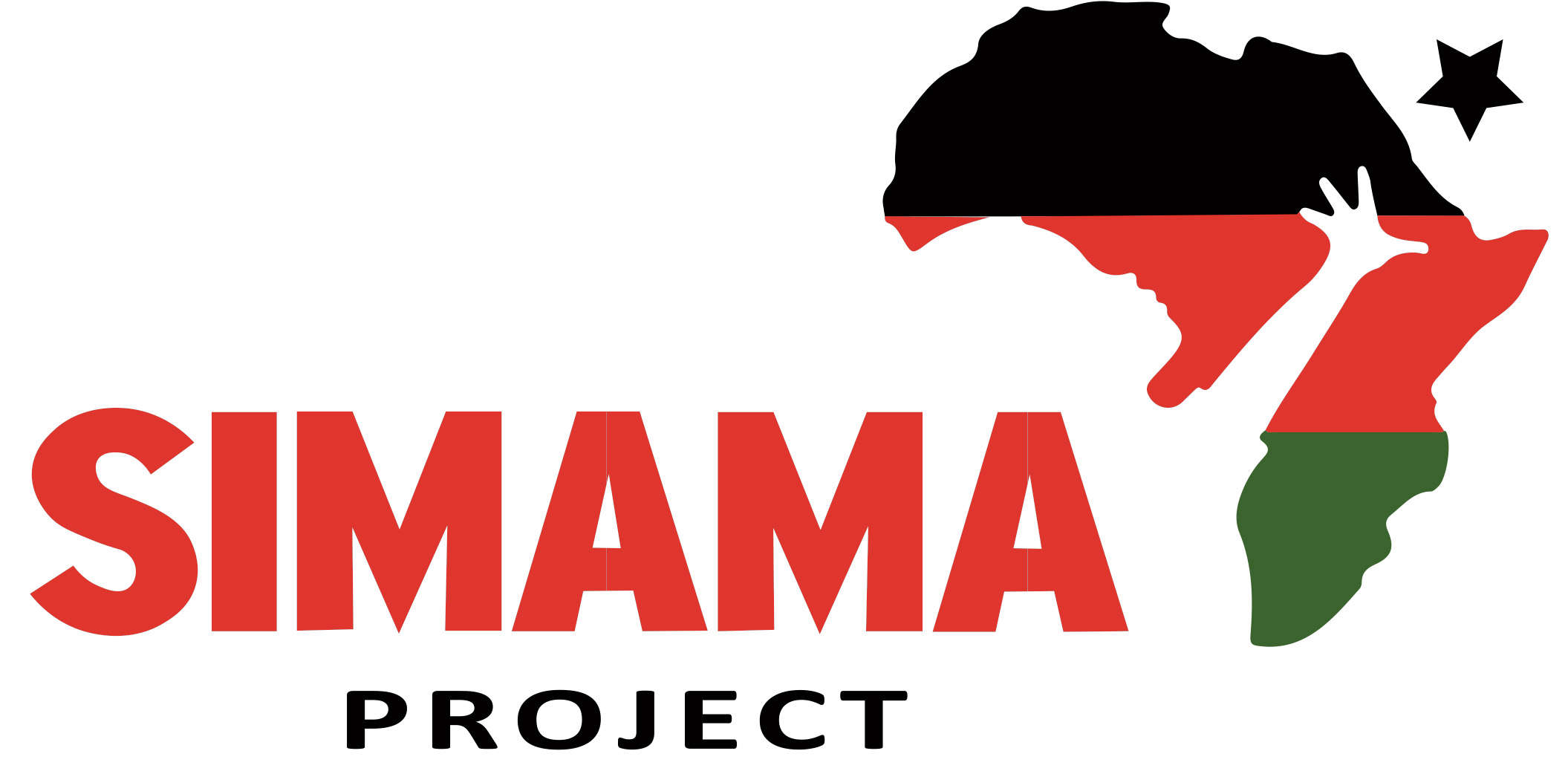SENDA VERDE Wildlife Sanctuary
Every photo in Chapter Two was taken in one place : Senda Verde (“Green Path”) Animal Sanctuary.
Vicky Ossio and Marcelo Levy founded Senda Verde in 2003. It was a labor of love then, and it is a testament to their extraordinary tireless commitment that it is very much a labor of love to this day.
In fact, the existence of the Sanctuary is even more important today than in 2003. In recent years, illegal animal trafficking, escalating deforestation and habitat loss, invasion of illegal agriculture into supposedly protected areas, and forest fires, intensified by droughts as a result of climate change, have increased dramatically in Bolivia.
All of these factors mean that the population of rescued animals at Senda Verde has quadrupled in the last five years, to almost 1000 rescued animals of more than 60 different species.
Given the Sanctuary’s tiny annual income from donors and visitors, it is astonishing that they are able to care for the number of animals that they do. In fact, whether bear, puma, or jaguar, monkey, tortoise, anteater or bird, Senda Verde never turns away an animal. In addition, within their limited funding, they have an animal hospital staffed by four vets, 20-25 permanent employees, and a vital stream of interns and volunteers.
To donate, go to :
sendaverde.org

